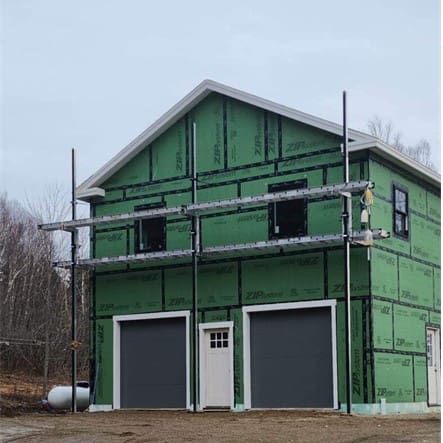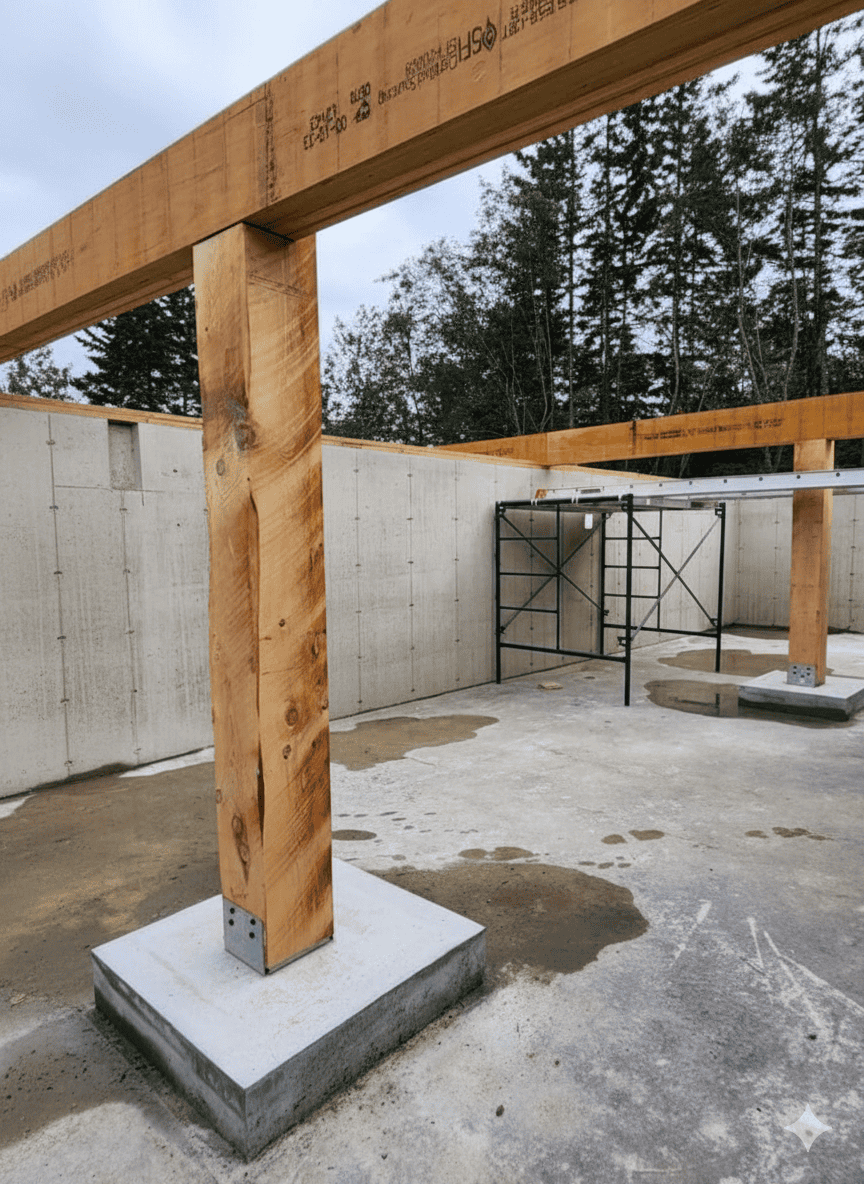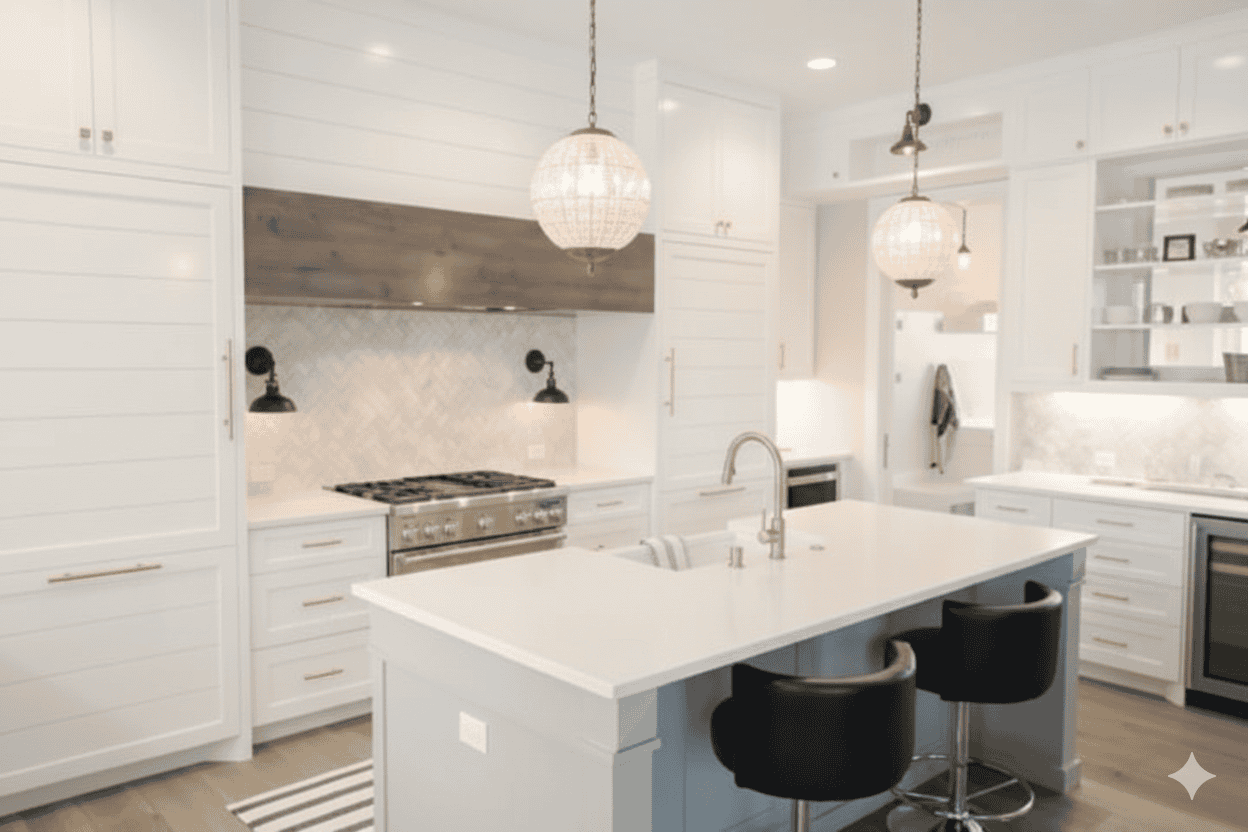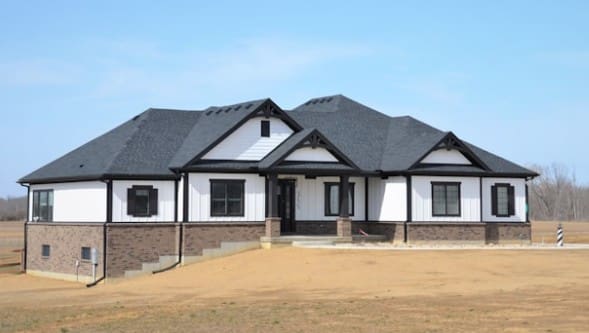Building a new home is an exciting journey that involves many moving parts, from the initial design concepts to the final walk-through before moving in. For many, getting started with new construction homes in Maine may feel overwhelming, but with a clear understanding of each phase, you can navigate this journey with confidence. Here’s a comprehensive guide to help you understand what to expect during construction, ensuring your dream home becomes a reality.
Step 1: Defining Your Vision
Before diving into the construction process, it’s essential to clearly define your vision for your new home. Start by determining your needs and wants. Consider factors like the number of bedrooms and bathrooms, desired square footage, style preferences, and any specific features you envision, such as a home office, large kitchen, or outdoor living space.
Research various architectural styles and gather inspiration from magazines, websites, and social media platforms. Create a mood board to visualize your ideas, which can be helpful when discussing your vision with builders or architects.
Step 2: Selecting the Right Lot
Choosing the right lot is a critical step in the new construction process. Consider location, neighborhood amenities, proximity to schools and workplaces, and any zoning regulations that may apply. Think about the lot’s topography and how it may impact your home design, drainage, and landscaping.
Once you’ve selected a lot, ensure it is surveyed and any necessary permits are obtained. Understanding the local building codes and restrictions is crucial to ensure your plans comply with regulations.
Step 3: Designing Your Home
With a vision in place and a lot secured, it’s time to turn your ideas into a design. You have several options here:
Working with an Architect: If you want a fully customized home, hiring an architect can help bring your vision to life. They will create detailed blueprints that consider your requirements and local building codes.
Choosing a Builder’s Plans: Many building contractors in Maine offer pre-designed plans that can be customized to some extent. This option can save time and money while still allowing for personalization.
Using a Design-Build Firm: This approach combines design and construction services, allowing for seamless communication and a cohesive vision. The team will work with you to design a home that meets your specifications and budget.
During the design phase, pay attention to layout and functionality. Consider factors like traffic flow, natural light, and energy efficiency. Collaboration is key here; make sure your designer understands your needs and lifestyle.
Step 4: Budgeting for Your New Home
Creating a budget for your new construction is vital to avoid overspending and financial strain. Start with the estimated costs for land, materials, labor, and permits. It’s also essential to account for unexpected expenses that may arise during construction, typically around 10-15% of the total budget.
Discuss financing options with your bank or mortgage lender. Consider whether you will opt for a construction loan, which provides funds for the building process and is converted into a mortgage once construction is complete.
Step 5: Securing Permits and Approvals
Before breaking ground, your builder must obtain all necessary permits and approvals from local authorities. This process may involve submitting plans for review and ensuring compliance with building codes and zoning regulations. Be prepared for potential delays, as permitting can take time, especially in areas with strict regulations.

Step 6: Breaking Ground and Construction Begins
Once permits are secured, it’s time to break ground! The construction process typically follows these stages:
Site Preparation: Clearing the land, excavating for the foundation, and laying utilities are essential first steps.
Foundation: Pouring the foundation, whether a slab, crawl space, or basement, is a crucial phase that sets the stage for your home.
Framing: The skeleton of your home is built, including walls, roof, and windows. This phase gives you a sense of the home’s layout and size.
Mechanical Systems Installation: Plumbing, electrical, and HVAC systems are installed. This is also when insulation is added.
Interior and Exterior Finishing: Walls are drywall, flooring is laid, and exterior finishes are completed. You’ll start to see your vision come together during this phase.
Final Touches: This includes painting, cabinet installation, and fixtures, putting the finishing touches on your home.
Step 7: Inspections and Walk-Throughs
Throughout the construction process, various inspections will be required to ensure compliance with building codes and regulations. Your general contractor will usually schedule these inspections at key phases, and you should be involved as well.
As the construction nears completion, conduct a thorough walk-through with your builder to ensure everything meets your expectations. Make a list of any issues that need addressing before the final handover.
Step 8: Preparing for Move-In Day
Once construction is complete and the final inspection is approved, it’s time to prepare for move-in day. Coordinate with movers and plan your moving logistics, such as utilities and services setup. Consider doing a final deep clean of your new home before bringing in your belongings.
Step 9: The Big Move
On move-in day, take your time to settle into your new home. As you unpack and arrange your belongings, take the opportunity to enjoy the fruits of your labor.
Conclusion
Navigating the new construction process can be an exciting yet complex journey, but with careful planning and attention to detail, you can turn your dream home into a reality. From defining your vision to enjoying move-in day, each step brings you closer to creating a space that reflects your lifestyle and values. Embrace the process, stay organized, and soon you’ll be enjoying the comfort of your new home for years to come.



